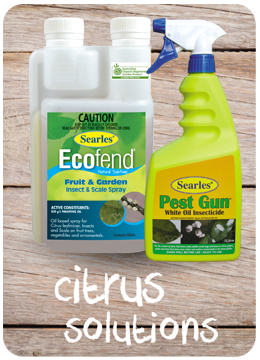Citrus trees are one of the most productive and easy to grow trees in the home garden but just as we love to reap their rewards so do pests. Diseases can also take their toll. Here is a list of the most common ailments of the citrus tree and tips on how to overcome them.
Citrus Leaf Miner
Citrus leafminer (Phyllocnistis citrella) tunnels through the young leaves of citrus trees which creates silvery lines. Finally, it curls the leaf into a shelter and pupates within. This can severely distort the leaves, but mature trees are not likely to be seriously damaged. To protect young trees, spray new growth thoroughly with Searles Pest Gun.
More details on citrus leaf miner
Two-spotted Mite
Two-spotted mite (Tetranychus urticae) affects ornamentals, fruit trees and some vegetables. Affected leaves have a mottled appearance or can be bronzed or shrivelled. Leave them to natural predators, but if the problem is severe, spray Searles White Oil.
More details on two-spotted mite
 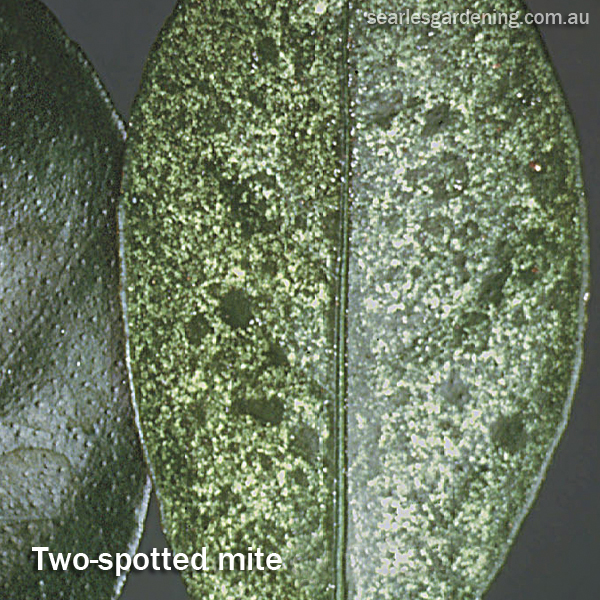
Bronze orange bug on citrus
Watch out for these brightly coloured bronze orange bugs on citrus trees and flowers. They suck the sap from young stems and damage new growth. They give off a bad-smelling substance when threatened so its best to spray them with an approved insecticide to control their numbers.
More details on bronze orange bug
Fruit Fly on citrus
The Queensland fruit fly is common in the warmer times of the year. After mating, the female lays her eggs under the skin of the fruit. When the maggot-like larvae hatch, they burrow deeper into the fruit causing it to rot. Searles Fruit Fly Trap is an effective reusable trap to monitor and control fruit fly activity around vegetables, particularly tomatoes, and around citrus trees. It contains a wick that attracts male fruit flies, traps and kills them, stopping the breeding cycle.
More details on fruit fly
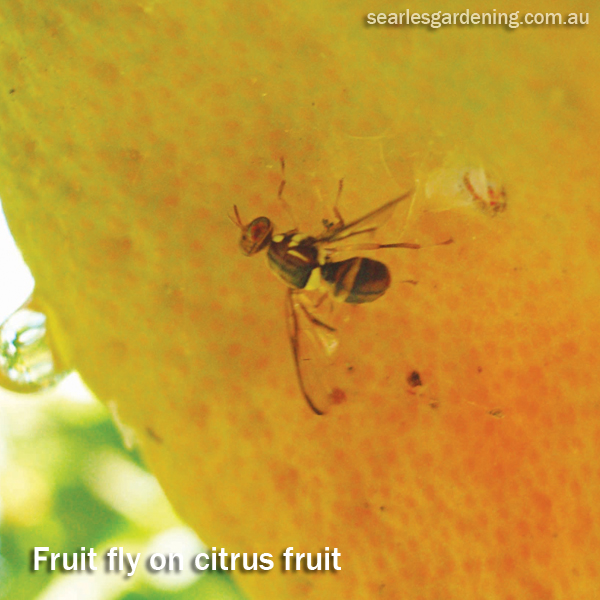 
Gall wasp on citrus stems
Small female wasps lay her eggs inside the branch of citrus when the weather starts to warm up in spring. By summertime new tiny wasps escape from the swollen growth leaving the branch deformed. The citrus gall wasp does not directly kill the citrus tree but when repeated attacks occur it severely deforms the tree branches inhibiting normal growth. If you see lumps starting to appear cut the branch off promptly and remove the affected branch away from the tree.
Scale on citrus
Scale found on the leaves and stems of citrus is from sap-sucking insects laying their eggs underneath the protection of a hard waxy dome shell. Once the immature ‘crawlers’ hatch they spread and multiply rapidly. Severe infestations can lead to branch dieback, leaf drop and yellowing of the leaves. Control red scale, white and pink wax scale with an organic oil spray Searles Ecofend Natural Solutions Fruit & Garden. Some soft scale, such as white wax scale and black scale secrete a sticky like substance ‘honeydew’ which then attracts the fungus sooty mould and ants to the plant. The ants protect the scale from predators, letting them proliferate even further. Treat the ants first.
More details on scales
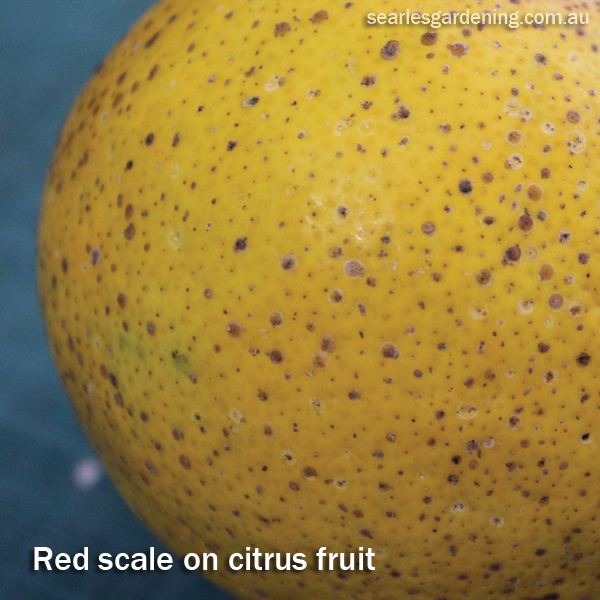 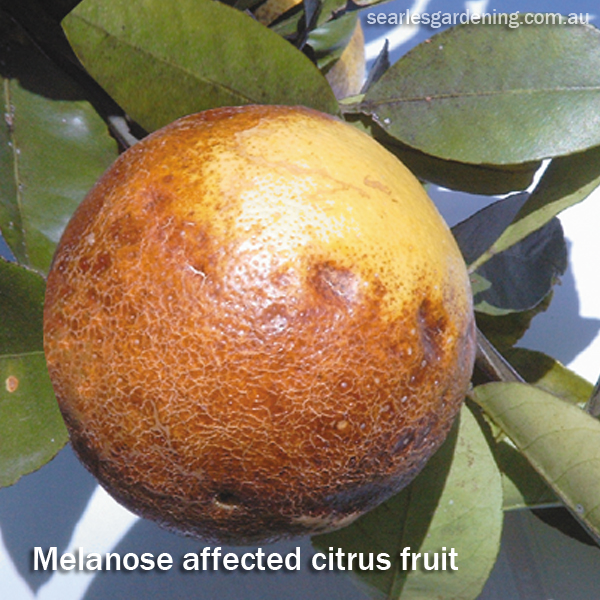
Melanose
Melanose is a fungus that can multiply quickly in wet weather. Little dark brown, raised spots appear on immature leaves, twigs and fruit. In severe infestations, Melanose can cause fruit disfigurations and wood rot. Remove dead wood from your citrus where the spores lay and spray with Searles Copper Oxychloride when fungus is first sighted.
The small and large citrus butterfly caterpillar can strip citrus trees of their leaves and produce a strong foul odour when disturbed. This smelly, spiky and unattractive caterpillar will turn into a beautiful butterfly. If infestation is severe, spray tree leaves and branches with a natural Pyrethrum insecticide. Alternatively, you can handpick them and squash them if you can handle the smell.
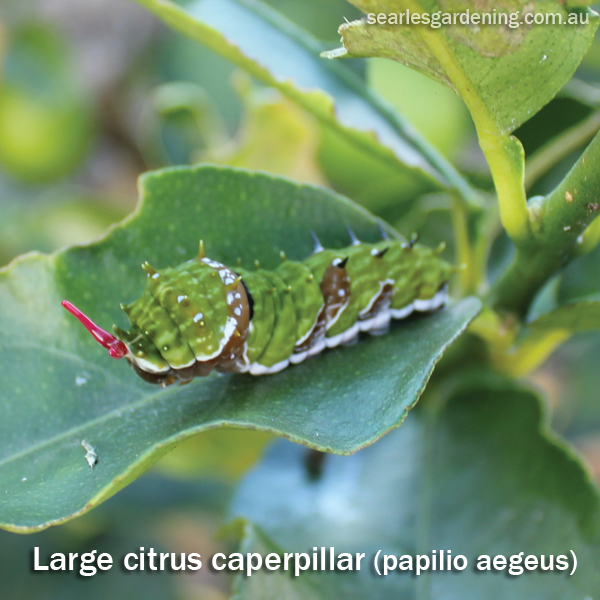
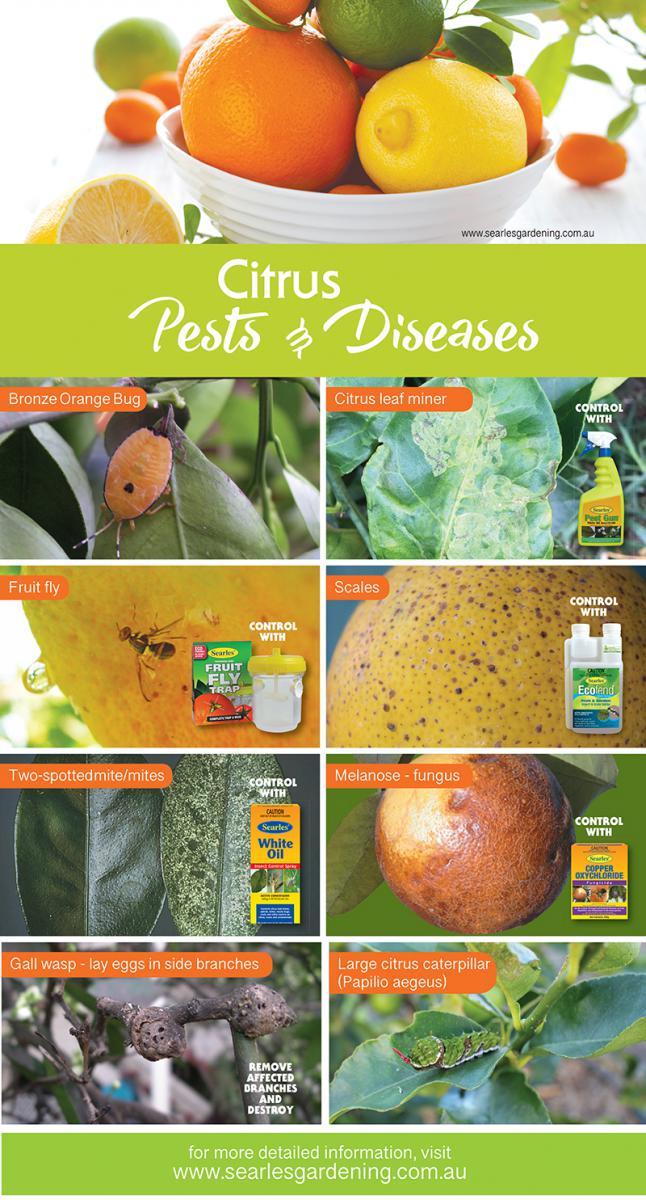
|

